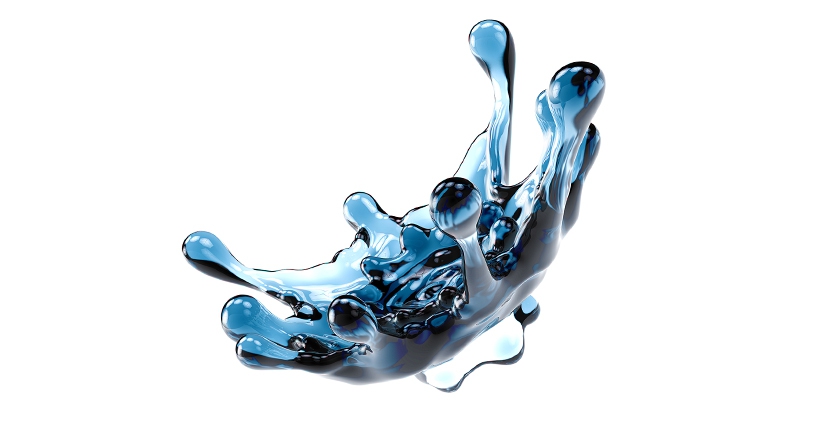
Moisture ingress is one of the most common causes of pressure transmitter failure. Moisture can quickly corrode the internal electrical connections or the circuit board, which can lead to output drift or complete failure. That’s why it’s so important to identify your anticipated operating conditions before selecting a transmitter for a specific application.
Some pressure transmitters are used in ideal conditions such as a climate-controlled laboratory with low humidity. Others are exposed to extreme environments such food-processing facilities or mining equipment subject to regular wash-downs with high-pressure steam. Once you know the operating conditions, it’s relatively straightforward to select a transmitter design that meets the required NEMA (National Electrical Manufacturers Association or IP (Ingress Protection) ratings.
Types of pressure transmitters
Pressure transmitters are available in gauge, sealed, and absolute pressure references. Gauge ranges are typically 300 psi and lower. The transmitter is vented to atmosphere so pressure readings can be compared with the ambient pressure around the transmitter. Because gauge transmitters are vented to atmosphere, they require a carefully engineered electrical connector and internal vent system to exclude moisture from the transmitter.
Sealed gauge transmitters measure higher pressure ranges where changes in barometric pressure are smaller than the error band of the instrument’s accuracy specifications and will not affect the output reading. There is typically no vent to allow moisture ingress. However, depending on the design, moisture can find its way into “sealed gauge” referenced pressure transmitters, so it’s still important to choose a transmitter with the required IP or NEMA rating. Absolute transmitters measure pressure by reference to a sealed vacuum chamber behind the sensor element. This protects the sensor from moisture ingress and possible damage. However, the conditioning circuitry is still vulnerable to water ingress from the electrical connection. An all-welded measuring cell will eliminate media leaks into the transmitter caused by long-term degradation of soft-sealing materials in the sensor assembly.
Avoiding leaks through electrical connections
The electrical connection is one of the most common areas for water ingress in a pressure transmitter. A wide variety of electrical connections are available for transmitters with various environmental ratings to meet specific application requirements. Some connections, such as the DIN 43 650 “solenoid” type electrical connector, are designed for relatively moisture-free environments. Others, such as a cable with free ends, provide for moisture protection and often use venting to allow a gauge reference transmitter to compensate for atmospheric pressure changes. A cable option may include a vent tube that allows ambient pressure changes to enter the pressure transmitter body. The cable end must be protected from moisture and humidity to prevent water from entering the transmitter. Since the cable typically terminates inside a junction box containing other electrical apparatus that remain dry, this is usually easy to accomplish. Some gauge reference transmitters are vented to the atmosphere through a small hole underneath the threads of an electrical connector retaining ring. This hole may be protected by a Gore-Tex or Teflon-type mesh that allows the passage of air but restricts moisture from entering the transmitter body.
Submersible transmitters create unique challenges
Submersible level transmitters pose special moisture-protection challenges. They must be designed and rated for permanent submersion and are typically rated IP68 or NEMA 6P. Typically, a vent tube runs the length of the cable into the transmitter body to allow the sensor to compensate for small changes in barometric pressure that can significantly impact performance and accuracy. Some transmitter manufacturers offer sealed protective bellows or rubber bladders installed over the end of the vent tube. These systems protect the transmitter’s internal electronics from moisture, but they can also introduce significant error into the level readings because the air in the bellows expands and contracts with temperature changes, creating pressure changes inside the sensor. A better performance option is to allow the tube to vent directly to the atmosphere. Installing the cable end in a NEMA 4-rated junction box will protect the vent tube from water ingress. Rechargeable desiccant drying products can also be used to help prevent moisture buildup in the junction box and vent tube. If you would like more information about WIKA pressure sensors, please visit our website for more information.

